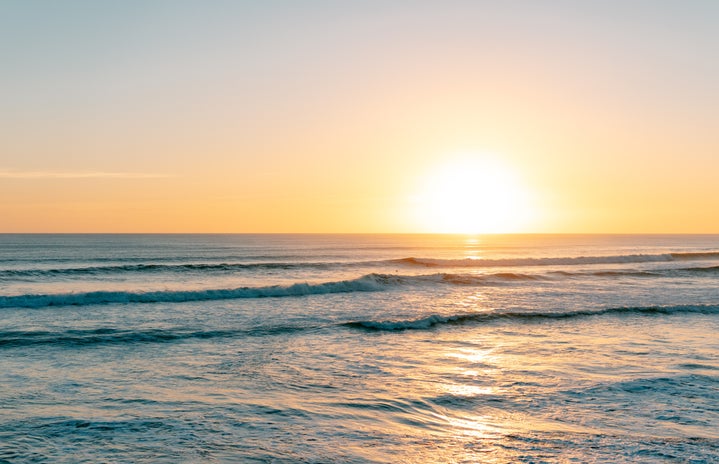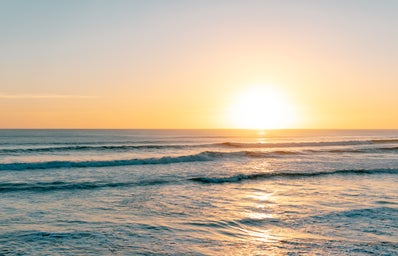Florida is a biodiversity hotspot, especially when it comes to plants with roughly 3200 native species across the state. USFSP is located in what might have been one of the most interesting regions for botanical study before urban development. Located in the former Pine Flatwoods ecoregion, the Pinellas County peninsula is the northernmost limit of tropical species on the west coast, and the southernmost point where temperate species make up a large proportion of the flora. This is unique because there are very few places in the world where an overlap occurs in this fashion. The county is even named after the Spanish ‘Punta Piñal’ meaning “Point of Pines”. The situation of the USF Saint Petersburg campus on Tampa Bay is also an interesting factor. This is because the lower salinity and lessened wave action in the bay forms different plant communities than those along the Gulf coast. Though most of these communities were destroyed during the urbanization of the county, their presence is still felt through native species that continue to persist wherever they can.
As mentioned, USFSP was historically primarily in the Pine Flatwoods ecoregion, with Mangrove Swamps and Maritime Hammock Forests growing closer to the water. The largest ecosystem that was present on campus was the Pine Flatwoods, a fire-dependent ecosystem dominated by sparsely distributed pines and grassland species which support some of the highest plant diversity in the state. All the way until the early 20th century, fires maintained an open woodland to grassland ecosystem by keeping vegetation low and reducing shade which allows for a greater species diversity. With the development of major cities the fire regimes changed, as fires burning close to large cities can be dangerous. This change in fire frequencies worsened when chemical fertilizers replaced the need for burning to keep agricultural lands fertile. The flatwoods are long gone, heavy development, the timber industry, and decades of fire suppression have seen to that, but many of the most resistant species can still be found around campus today. Another ecosystem once present are Mangrove Swamps, a semi-aquatic ecosystem that forms along the coast dominated by three species of unrelated salt-tolerant trees known as “Mangroves”. These swamps are found in places where saltwater collects, often in estuaries, along inlets, in wash basins, and sometimes even along beaches. They are not fire tolerant, as they are adapted for life around the water, instead being more tolerant of inundation and wind damage. This means that the mangroves are primarily impacted by habitat loss and development, as stands are often cut to make room for expensive waterfront developments or neighborhoods. Uniquely, they are still somewhat present on campus with both Red and Black Mangrove growing here, but certainly not enough to warrant a designation of “forest” or “swamp”. The other major ecosystem once found on campus is the Maritime Hammock, a type of forest that forms in upland areas with slightly salty soils typically found behind dunes/mangroves or on smaller islands. They are not fire dependent like the Pinelands but, they can respond well to burns, with the disturbance sometimes increasing species diversity. Like the Mangroves however, their proximity to the sea has made them more tolerant of flooding, wind damage, and salt spray than anything else. They are primarily under threat from habitat loss, as developers seek the higher ground these species inhabit when building, especially on islands. This intense selective pressure for uplands in development has made these ecosystems rare and more susceptible to invasion from introduced species.
This is even apparent on the USFSP campus where in our drainage basins and open spaces many interesting plants turn up. The large ditches in front of dining hall and parking garage are excellent places to look for different wetland species including rare grasses, ferns, false pimpernel, and large specimens of willow. The beach area along the water has dune species such as Beach morning glory, Necklace pod, and more interesting grasses. There are also many fascinating species that crop up in lawns around the school such as Black-eye Susan, Bluestem grass, Wild Cowpea, and Sunshine Mimosa. Though these are not these are definitely not the only species you could find, as plant communities are dynamic you will never know what you are going to find! Of these species though, none are particularly rare, and this is because rare species are often endangered due to their dependence on certain ecological processes or habitat conditions. Urban development disrupts ecological processes, introduces disturbance, and reduces available habitat. The above species are able to survive because they are somewhat resistant to these factors. Though this is not the only obstacle these species face, as competition from invasive species that thrive in the harsh conditions created by human manipulation of the environment is significant. These barriers are imposing, and many plants found them too difficult to handle, but these survivors have made it and hopefully one day they will be able to grow in a habitat similar to what once was.
This county and our campus have a long and interesting botanical history, and the resilience of the species in our region is truly interesting. And while these habitats are not common anymore, as many of their species are still here, it is important to understand and recognize their significance. Their beauty and ecological value are excellent reasons to search for these species on campus and are a great way to learn more about the region. The non-intentional status of their existence can often lead to their destruction, so there are often new, interesting species around to see. Make sure to be careful when searching for plants, both for yourself and the environment around you, remember to stay hydrated!


